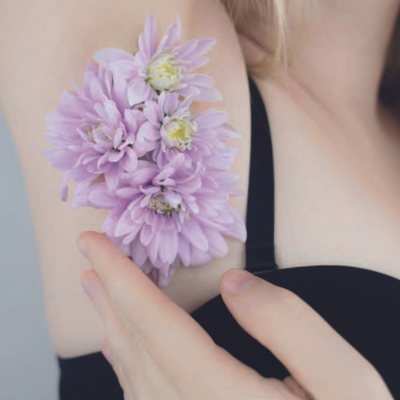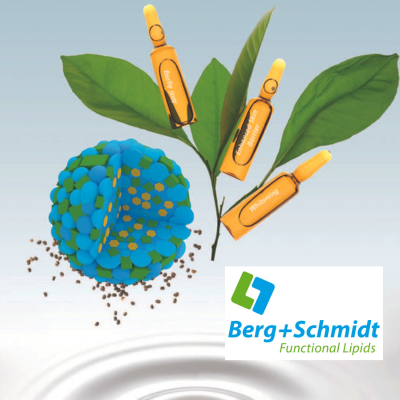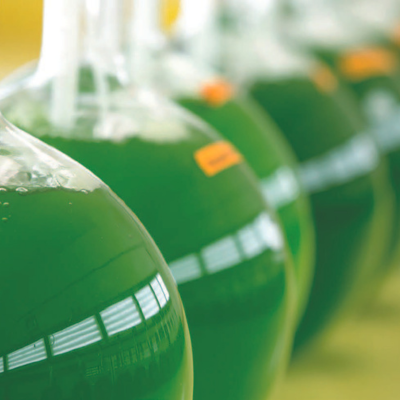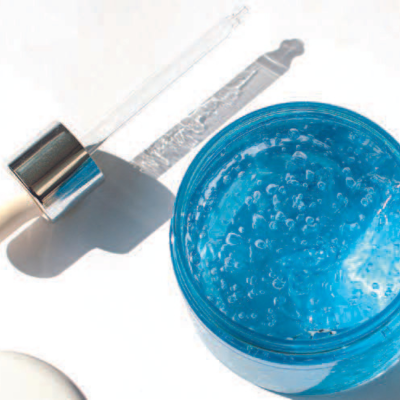The global deodorants and fragrances industry is experiencing a significant surge, with consumer preferences shifting towards personal care products that promote hygiene and well-being. In this fast-evolving landscape, several key players are making headlines with their innovative product launches and market advancements.
Coral reefs, often called the “rainforests of the sea”, are some of the most diverse and valuable ecosystems on Earth. However, they are threatened by various sources, including climate change, and pollution. One less known but significant threat comes from an unexpected source: cosmetics.
Lately, skin care consumers have been developing increasing expectations when it comes to their skin care, especially facial care. In the post-pandemic world, the so-called skinification of beauty is on the rise. It means that beauty is not achieved by putting on makeup, but by actually improving the health of our largest and most visible organ, the skin. Improving the state of the skin at the cellular/molecular level – whether that means reducing wrinkles, fighting oxidative stress and skin aging, or promoting healthy cell turnover – is achieved by active ingredients that really do their job.
The global personal care market for anti-dandruff shampoos commonly relies on the use of at least one of the following three ingredients linked to dandruff control: zinc pyrithione, piroctone olamine, and climbazole.¹ While these conventional anti-dandruff actives primarily aim to limit Malassezia’s excessive activity on the scalp, there is a fourth ingredient that is very frequently used: Salicylic acid.
Data from China’s National Bureau of Statistics shows that the population of children under 14 in China exceeds 253 million, accounting for 17.95% of the country’s total population. This substantial number of children creates significant demand for children cosmetics, driving continuous growth in the children cosmetics market.
The idea of “clean beauty” has swept across the cosmetics market, establishing a new paradigm. Messages like “free of harmful ingredients” seems to be now the standard. The focus is entirely on avoiding “suspicious ingredients” when developing cosmetic formulations, and “free-from” claims are commonplace in advertising and on product packaging.
Recent consumer interest in “better for me, better for the planet” foods and nutraceuticals will no doubt continue to drive demand for plant-based offerings. Here, algae can play a key role, and look set to be one of the most exciting, future-proof ingredients. Easy to cultivate, with an abundance of nutrients, whilst maintaining biodiversity, algae are more sustainable than conventional crops and therefore have minimal environmental impact.
What is this multi-faceted active ingredient we talk so much about for the skin’s youthful appearance? This natural element of the epidermis sees its stock gradually diminish over time, reaching only 50% of its capital at the age of 50, causing premature ageing of the skin.
As the world was enjoying the Christmas season last year, the US Congress quietly passed the Modernization of Cosmetics Regulation Act of 2022 (MoCRA), its first major update to the US cosmetics regulations in nearly a century.
During the pandemic, our homes became even more important, acting as a sanctuary and retreat, a hotspot for all kinds of activities ranging from work to exercise. They became the epicentre of our personal well-being. “My Healthy Home” by Düllberg Konzentra offers ideas and fragrance concepts that plug into this trend.
Hair is an integral part of one’s identity, and people around the world place a great deal of importance on its look and style. Consumers are now looking for more inclusive, natural, ethical, and sustainable products that can help them improve their hair grooming rituals while still providing the necessary cleansing and caring benefits.
As far as cosmetic regulatory guideline is concern, there is no clear FDA guideline for natural cosmetics but every country has their own standard for the natural cosmetics. In natural cosmetics includes Ayurvedic Cosmetics, Herbal Cosmetics, Ecocert Cosmetics, Organic Cosmetics, etc …














